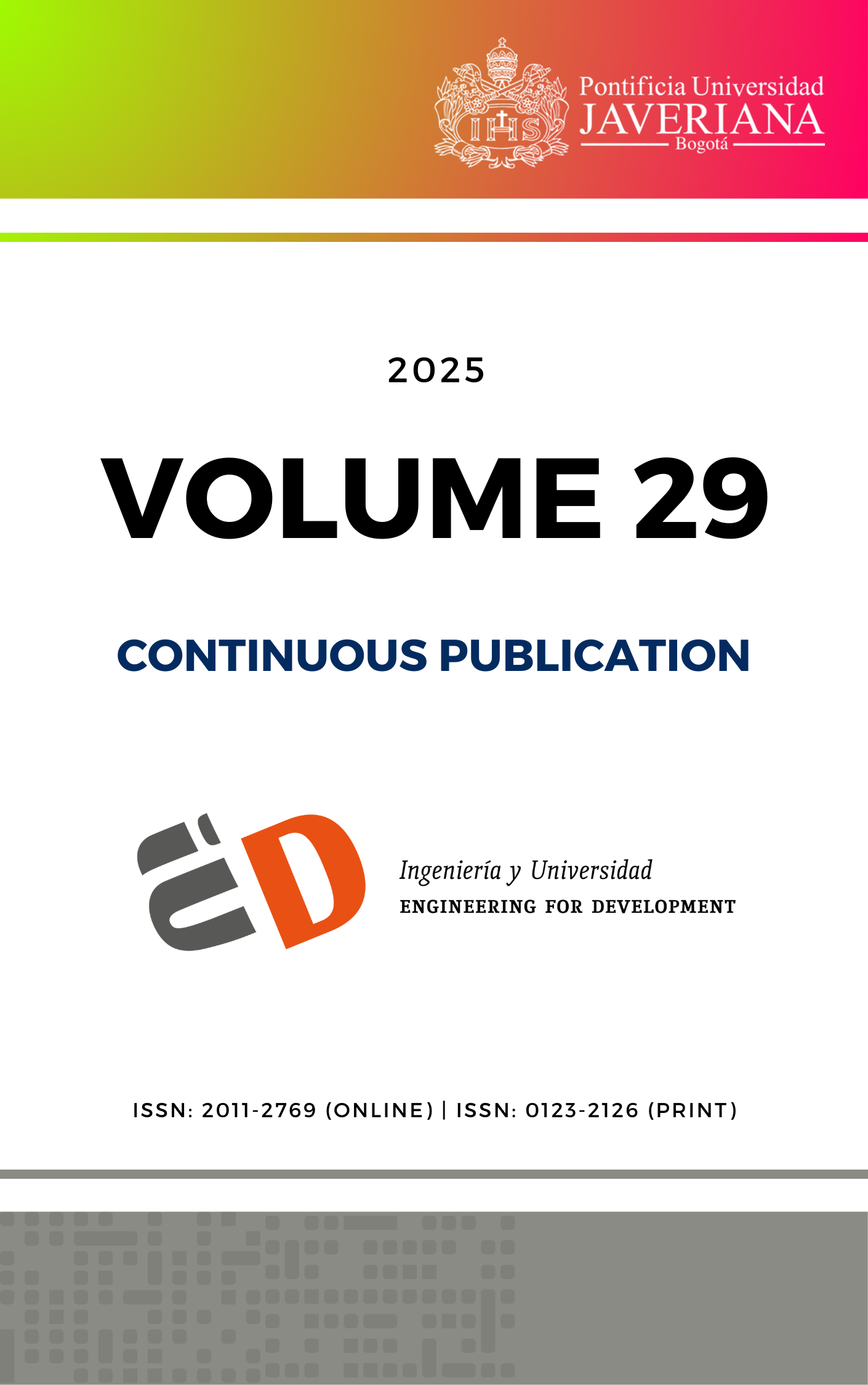Abstract
This paper proposed a decision model for the process of green supply chains based on the network platform. The decision model introduced cost sharing and profit sharing, and an equity concern scenario was set in the simulation experiment to test the impact of the pre-sale demand volume, cost sharing, and profit sharing on the supply chain. The results showed that the pre-sale demand volume would have a negative impact on current-sale commission rate and sales effort, and a positive impact on profits. The cost sharing factor would have a negative impact on the current-sale commission rate and a positive impact on the sales effort. The profit sharing coefficient would have a positive impact on current-sale commission rate and sales effort. Only within a certain range could the cost sharing coefficient and profit sharing coefficient make the supply chain profit reach the maximum.
[1] A. Sutrisno and V. Kumar, “Supply chain sustainability risk decision support model using integrated Preference Selection Index (PSI) method and prospect theory,” J. Adv. Manag. Res., vol. 19, no. 2, 2022.
[2] D. R. Petrovi, P. Mimovi and Z. Arsovski, “Decision support model for supply chain management,” Tm-tech. Mess., vol. 2021, 2021, 1457-1479.
[3] Y. Feng, R. Chen, and L. He, “Decision Model of Contract-Farming Supply Chain Considering Producer's Fairness Concerns under Random Yield,” Complex, vol. 2022, 2022, 4119728:1-4119728:8.
[4] M. Choudhury, S. K. De and G. C. Mahata, “Inventory decision for products with deterioration and expiration dates for pollution-based supply chain model in fuzzy environments,” RAIRO - Oper. Res., vol. 56, no. 1, 2022, 475-500.
[5] X. Yu, S. Wang and X. Zhang, “Ordering Decision and Coordination of a Dual-Channel Supply Chain with Fairness Concerns Under an Online-to-Offline Model,” Asia-Pac. J. Oper. Res., vol. 36, no. 2, 2019, 1940004.1-1940004.26.
[6] Z. Y. Liu and P. T. Guo, “Supply Chain Decision Model Based on Blockchain: A Case Study of Fresh Food E-Commerce Supply Chain Performance Improvement,” Discrete Dyn. Nat. Soc., vol. 2021, no. Pt.. 5, 2021, 5795547-1-5795547-14.
[7] J. Patalas-Maliszewska, R. Wiśniewski, M. Zhou, M. Topczak, and M. Wojnakowski, “Applying Additive Manufacturing Technologies to A Supply Chain: A Petri Net–Based Decision Model,” Int. J. Ap. Mat. Com., vol. 34, no. 3, 2024, 513-525.
[8] H. X. Oh, D. K. S. Ng and V. Andiappan, “Decision Support Model for Planning Optimal Hydrogen Supply Chains,” Ind. Eng. Chem. Res., vol. 62, no. 38, 2023, 15535-15552.
[9] L. Shen, F. Lin, Y. Wang, L. Ding, T. C. E. Cheng and D. Wang, “Decision and Coordination of an E-commerce Supply Chain Considering Returns and Network Externalities,” J. Syst. Sci. Syst. Eng., vol. 33, no. 5, 2024, 552-575.
[10] N. Chen, J. Cai and K. Govindan, “Decision analysis of supply chain considering yield uncertainty and CSR under different market power structures,” J. Clean. Prod., vol. 434, no. Jan.1, 2024, 1-12.
[11] F. Xuan, “Regression analysis of supply chain financial risk based on machine learning and fuzzy decision model,” J. Intell. Fuzzy Syst., vol. 40, no. 4, 2021, 6925-6935.
[12] X. Yuan, F. Tang, D. Zhang and X. Zhang, “Green Remanufacturer’s Mixed Collection Channel Strategy Considering Enterprise’s Environmental Responsibility and the Fairness Concern in Reverse Green Supply Chain,” Int. J. Env. Res. Pub. He., vol. 18, no. 7, 2021, 3405.
[13] N. Surajit and S. Bijan, “An Integrated 3-Phase Group Decision-Making Model for Supplier Selection in a Supply Chain Network,” J. Instit. Eng. (India), Series C, vol. 103, no. 7, 2022, 1-15.
[14] L. G. Zanon, F. Marcelloni, M. C. Gerolamo and L. C. R. Carpinetti, “Exploring the relations between supply chain performance and organizational culture: A fuzzy grey group decision model,” Int. J. Prod. Econ., vol. 233, no. 14, 2021, 108023.
[15] J. Jian, B. Li, N. Zhang and J. Su, “Decision-making and coordination of green closed-loop supply chain with fairness concern,” J. Clean. Prod., vol. 298, 2021, 1-15.
[16] J. Wang, M. Xu and H. Jian, “Coordination model of supply chain based on deciders' risk attitudes in a fuzzy decision environment,” J. Intell. Fuzzy Syst., vol. 40, no. 1, 2021, 1-15.

This work is licensed under a Creative Commons Attribution 4.0 International License.
Copyright (c) 2025 Ming Zhao


